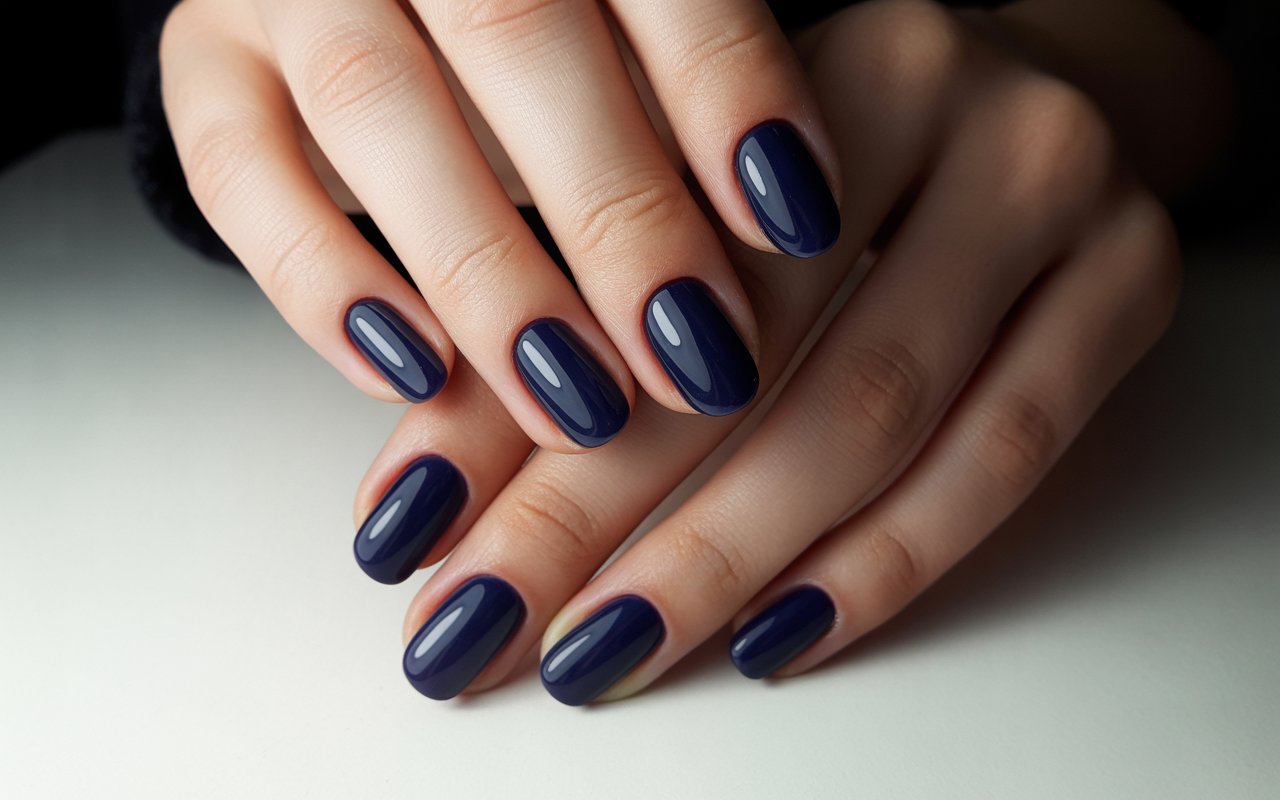When it comes to hair trends, some styles come and go, but a few manage to create a cultural wave that lingers — and the wolf cut is one of them. This striking haircut has taken social media by storm, blending retro rebellion with modern flair. Whether you’ve spotted it on your favorite influencer or noticed it making its way onto red carpets, there’s no denying that this hairstyle has a magnetic charm.
But what exactly is a wolf cut? Why has it become such a sensation? And more importantly, how can you make it your own? Let’s dive deep into everything you need to know about this daring yet surprisingly versatile style.
What Is a Wolf Cut?
The wolf cut is a hybrid hairstyle that combines the shag haircut of the 1970s with the mullet of the 1980s. Imagine the edgy layers of a rockstar shag meeting the playful volume of a mullet — that’s the wolf cut in a nutshell.
The top is typically full and fluffy, giving a voluminous crown, while the bottom layers are thinner, longer, and slightly tapered. The result is a wild yet controlled look, like a wolf’s mane — hence the name.
This haircut is all about personality. It’s for those who love a bit of edge but also want to keep things soft and wearable.
Why Has the Wolf Cut Become So Popular?
Have you ever wondered why some trends explode almost overnight? The wolf cut’s rise can be traced back to a mix of nostalgia, individuality, and social media. Platforms like TikTok, Instagram, and Pinterest played a huge role in its popularity.
One viral video after another showed women transforming their regular hair into bold, layered masterpieces using just a pair of scissors and some creativity. Add to that the influence of celebrities like Billie Eilish and Miley Cyrus, and you’ve got a trend with serious staying power.
Unlike many complicated hairstyles, the wolf cut thrives on imperfection. Its slightly undone look is part of the charm — no need for precision salon visits every two weeks.
A Short History: From Rock Legends to Modern Icons

The wolf cut may seem new, but its roots go back decades.
-
1970s: Think of rock icons like Stevie Nicks or Joan Jett, whose shaggy layers symbolized rebellion and freedom.
-
1980s: The mullet became the signature of fearless self-expression. It was bold, sometimes controversial, but never boring.
-
Today: The wolf cut merges these eras, offering a nostalgic nod to the past while feeling entirely current. It’s like vintage vinyl — classic, but always cool.
Who Can Rock a Wolf Cut?
Here’s the best part: the wolf cut works on almost everyone. It’s incredibly adaptable, making it suitable for different hair textures, lengths, and face shapes.
By Hair Texture
-
Straight hair: Layers add movement and shape, preventing the hair from looking flat.
-
Wavy hair: Enhances the natural pattern, giving a lived-in, beachy vibe.
-
Curly hair: Creates stunning volume and bounce, especially when paired with feathered bangs.
By Face Shape
-
Round faces: Slightly longer layers elongate the appearance of the face.
-
Oval faces: This shape can pull off almost any variation of the wolf cut.
-
Square faces: Softer, blended layers balance angular features beautifully.
-
Heart-shaped faces: Wispy bangs and tapered ends work wonders.
Whether your hair is thin or thick, long or short, this style can be customized to highlight your best features.
Different Variations of the Wolf Cut
Like fashion, no two wolf cuts need to look exactly the same. Here are some popular variations:
1. Classic Wolf Cut
This is the standard version — short layers on top with longer, choppy ends. Ideal for medium to long hair.
2. Short Wolf Cut
Perfect for those who want to keep things low-maintenance. The layers create instant volume even on short hair.
3. Curly Wolf Cut
Designed to embrace natural curls, this version layers strategically to avoid bulk while adding shape and dimension.
4. Soft Wolf Cut
Less dramatic, more romantic. This variation features subtle layers and softer edges for a feminine touch.
5. Edgy Wolf Cut with Micro Bangs
For the daring — pair the wolf cut with ultra-short bangs for a punk-inspired look.
Styling a Wolf Cut: Easy Yet Impactful

One of the biggest perks of this haircut is that it doesn’t demand high-effort styling. In fact, its slightly messy, tousled finish is what makes it so eye-catching.
Daily Styling Tips
-
Air drying: Enhance your natural texture by letting your hair air dry with a bit of texturizing spray.
-
Diffusing: If you’ve got waves or curls, use a diffuser to boost volume.
-
Blowouts: For a sleeker finish, blow-dry the top layers with a round brush while keeping the ends loose.
Recommended Products
-
Volumizing mousse for lift.
-
Sea salt spray for texture.
-
Light-hold hairspray to keep layers in place without stiffness.
-
Leave-in conditioner for softness and frizz control.
Think of styling a wolf cut like arranging a messy bouquet — it looks best when it’s a little imperfect.
How to Cut a Wolf Cut at Home (If You Dare)
While getting it professionally done is ideal, many people experiment at home — especially since this trend exploded online. Here’s a simplified version of the DIY method:
-
Start with clean, dry hair.
-
Gather hair into a high ponytail at the front of your head.
-
Cut the ends straight across to create the layered effect.
-
Let it down and shape the face-framing pieces with scissors or a razor comb.
-
Refine the layers gradually. Less is more!
⚠️ Note: If you’re nervous, start conservatively. You can always take more off, but you can’t glue it back on!
Maintaining the Wolf Cut
Despite its wild appearance, the wolf cut is surprisingly low-maintenance. Here’s how to keep it looking fresh:
-
Trim every 6–8 weeks to maintain shape.
-
Regular conditioning to prevent dry, frizzy ends.
-
Minimal heat styling to preserve natural texture and avoid damage.
-
Dry shampoo works wonders to extend the life of your style between washes.
Think of this haircut as a houseplant — it thrives with a little regular care, but it doesn’t need constant attention.
Pros and Cons of the Wolf Cut

Like any style, this cut has its ups and downs.
Pros
-
Adds instant volume and movement
-
Works with various textures and face shapes
-
Trendy yet adaptable
-
Low styling effort
Cons
-
May require frequent trimming to keep layers balanced
-
Can feel too bold for those who prefer classic cuts
-
Some variations grow out awkwardly without maintenance
Celebrity and Pop Culture Influence
The wolf cut’s momentum skyrocketed when celebrities and influencers embraced it. Billie Eilish’s platinum shag, Debby Ryan’s soft layers, and Doja Cat’s edgy versions inspired millions to try the look.
It’s no surprise that this style resonates with a generation that values self-expression and individuality. It’s not just a haircut; it’s a statement.
Choosing the Right Stylist
If you’re opting for a professional cut, selecting the right stylist is key. Look for someone experienced with layered cuts, shags, and modern mullets. Bring reference photos and discuss how dramatic or subtle you want the result to be.
A good stylist will tailor the cut to your hair type, lifestyle, and comfort level.
Conclusion: Embrace the Wild Side
The wolf cut isn’t just a passing trend — it’s a modern twist on timeless styles. Whether you prefer a soft, romantic look or a sharp, edgy vibe, this haircut can be molded to reflect your personality.
It’s bold but versatile, effortless yet striking. In a world where personal style speaks volumes, the wolf cut is like turning up the volume on your favorite song — unapologetically you.
FAQs
1. Is the wolf cut suitable for all hair lengths?
Yes! While it looks particularly striking on medium to long hair, shorter versions can be just as stylish with the right layering technique.
2. Will a wolf cut make my hair look thinner or thicker?
It depends on your texture. For thin hair, it adds volume and shape. For thick hair, it removes bulk while enhancing movement.
3. Can I style a wolf cut without heat?
Absolutely. This haircut thrives on natural texture. Products like sea salt spray and mousse can give you a tousled finish without heat.
4. How often should I trim my wolf cut?
Every 6–8 weeks is ideal to keep the layers defined and avoid losing shape as it grows out.
5. Is it easy to grow out a wolf cut?
It can be, but some versions grow out unevenly. Regular trims and shaping during the transition phase make the process smoother.



